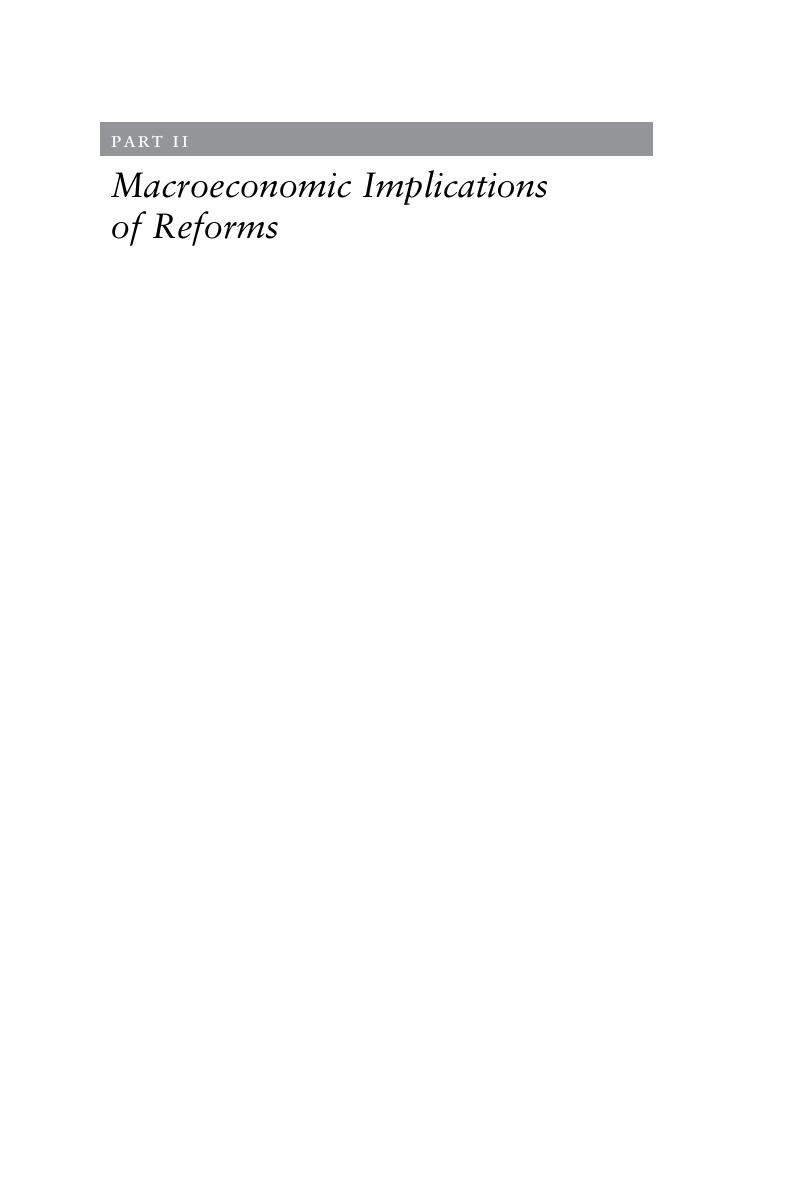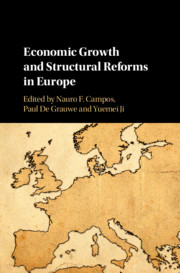Book contents
- Economic Growth and Structural Reforms in Europe
- Economic Growth and Structural Reforms in Europe
- Copyright page
- Contents
- Figures
- Tables
- Contributors
- Introduction
- Part I Economic Growth and Structural Reforms in Europe
- Part II Macroeconomic Implications of Reforms
- Part III Case Studies
- Conclusions
- Index
- References
Part II - Macroeconomic Implications of Reforms
Published online by Cambridge University Press: 31 March 2020
- Economic Growth and Structural Reforms in Europe
- Economic Growth and Structural Reforms in Europe
- Copyright page
- Contents
- Figures
- Tables
- Contributors
- Introduction
- Part I Economic Growth and Structural Reforms in Europe
- Part II Macroeconomic Implications of Reforms
- Part III Case Studies
- Conclusions
- Index
- References
Summary

- Type
- Chapter
- Information
- Economic Growth and Structural Reforms in Europe , pp. 109 - 314Publisher: Cambridge University PressPrint publication year: 2020

